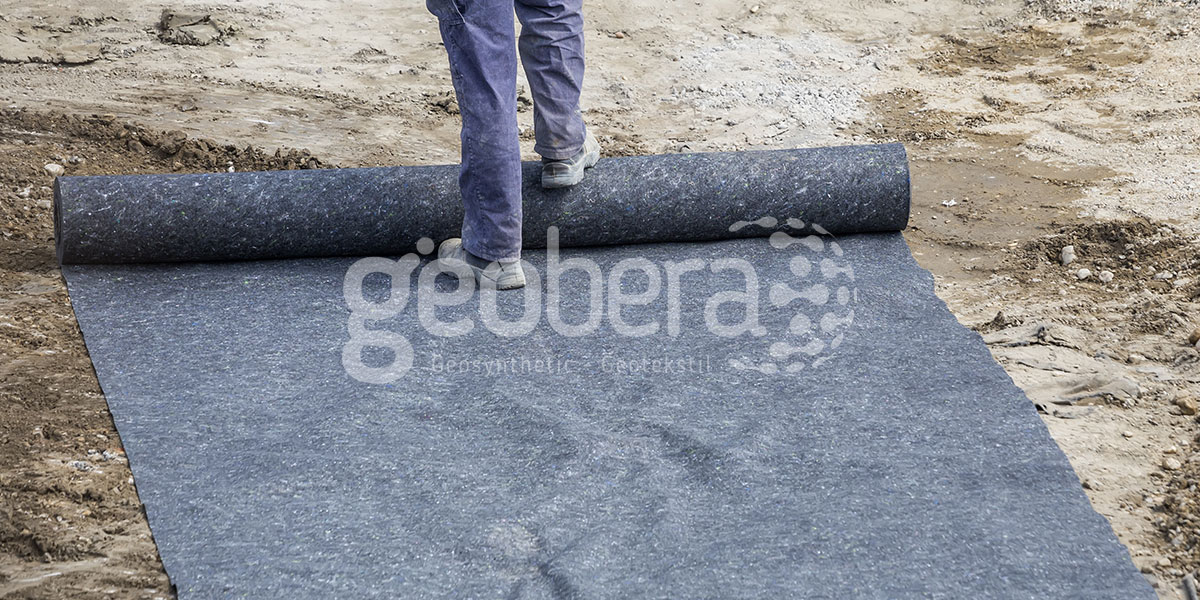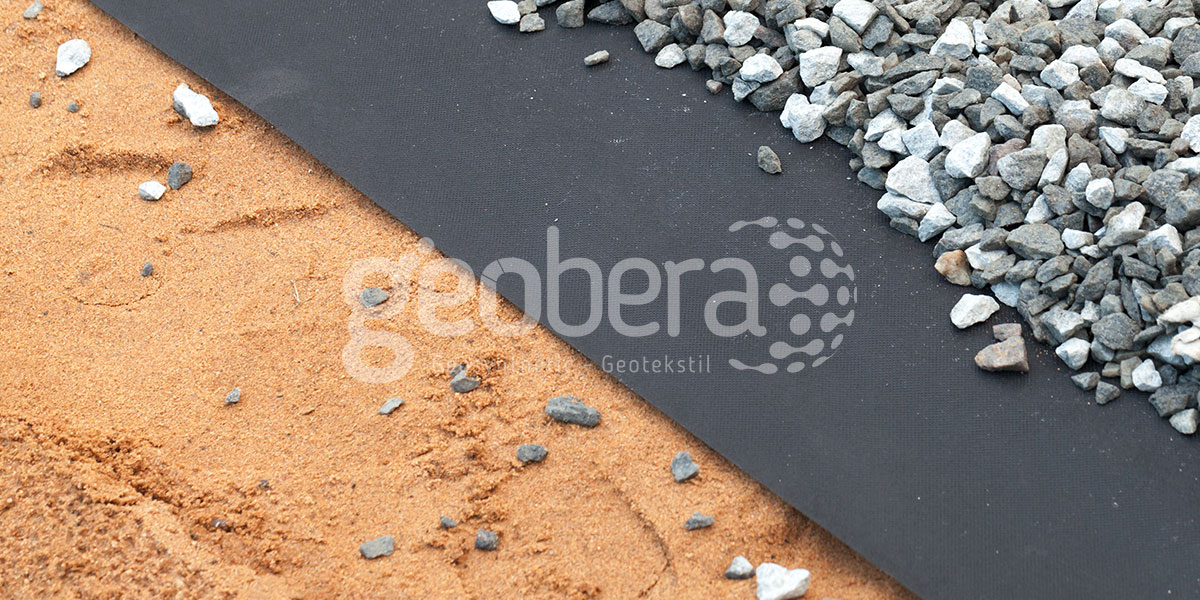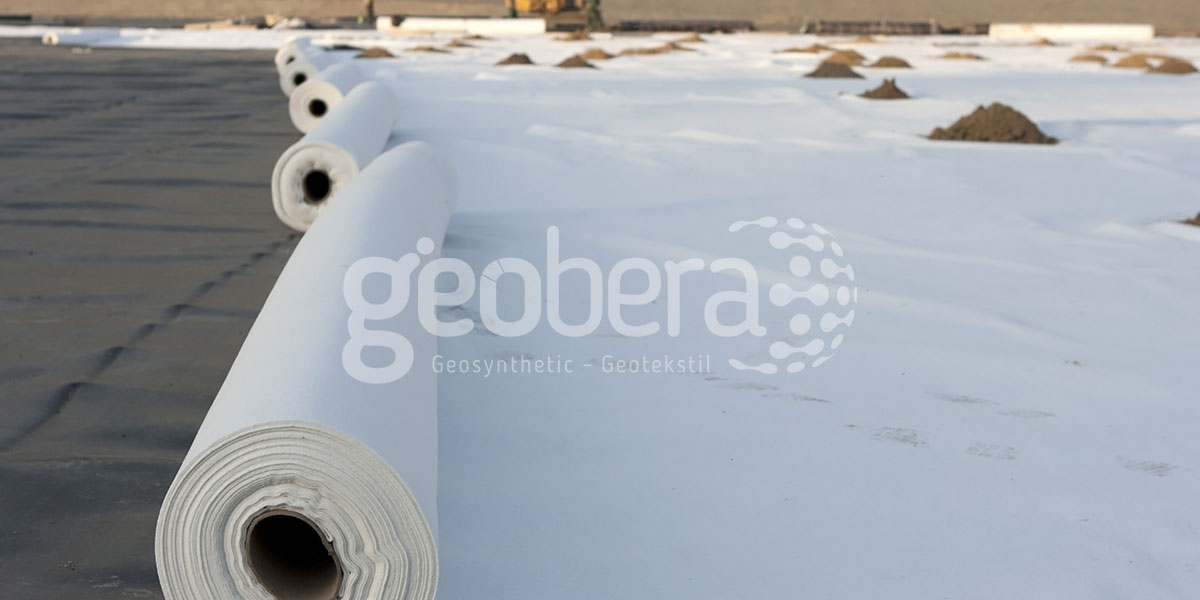Geotextile fabric can be expressed as polypropylene materials combined with fiber needling and have a large production capacity. Polypropylene materials belong to the nonwoven surface products. Geotextile fabric is known as the most preferred fabric in many areas. It is possible to state that the usage area of geotextile has expanded much more, especially with the changes and developments in the field of technology.
Although geotextile is a relatively new material, it can be used in many areas. It is possible to see that these products are used extensively in the construction of roads, pavements, runways, underground laying and in the construction of drainage systems. Geotextiles are also among the indispensables of the agriculture and horticulture sector. This practical and versatile material makes the constructions cheaper and increases the service life of structures. Now let’s examine in detail the usage areas and advantages of geotextile fabric.
Usage Areas of Geotextile Fabric Lowes
As mentioned above, geotextile fabric products have various usage areas. It is a moisture-permeable, flat and durable technical canvas made of various materials. The application areas of these products are varied. It is possible to express the application areas of the said products as follows in general.
- Construction of roads and buildings
- Geotecnics (drainage systems, soil erosion control)
- Agriculture
There are several types of geotextiles. Geotextile is classified according to the raw materials and production method it is made from. It is usually made of polypropylene, polyesters, polyamide, low pressure polyethylene. Less commonly, there are also geotextile products made from glass fiber, blended yarns with the addition of cotton, wool, viscose. Geotextiles made of polymers (polyester, polypropylene) are considered the most durable, reliable, durable. For this reason, it is used where these qualifications are demanded. It is possible to encounter geotextile products in construction, agriculture, geotechnical and landscape design.
Geotextiles made from coconut fiber are used as well. This material differs significantly from polypropylene or polyester geotextiles. Its structure is much more consistent with geogrid than canvas. Therefore, the varying range of applications is an important aspect. Coconut geotextiles need not be disposed of at the end of their service life. These products are mentioned as very useful and environmentally friendly. But this type of material will last much less because of its natural origin.
Polyester fiber is a recyclable material such as recycled plastic bottles. It consists of short threads that intertwine in layers. Due to the short length of the fibers, the bond strength is insufficient for some applications, but quite acceptable for others.
Properties of Geotextile Fabrics

Geotextile fabric lowes is an advanced material in terms of usage area. Short filaments give a soft structure to polyester geotextile. The color of the material can be any. The geotextile felt can be beige, brown, black, but generally the canvas is white. Polypropylene geotextiles are made from primary raw materials. The polymer fiber forms a continuous filament that makes the material particularly strong. Since the layers are securely bonded to each other, they do not split into layers even when wet. Geotextiles made of polypropylene fibers have a dense, lint-free structure.
Woven and non-woven geotextiles are distinguished according to the production method. Woven geotextiles are produced by the intertwining of traditional weft and warp yarns. You can get a different density canvas by adjusting the size of the cells. This type of material has high tensile strength, so it has good reinforcement properties. The main application area of woven geotextiles is the creation and strengthening of embankments for various purposes. Examples include building retaining walls for bridges, strengthening foundations of runways and highways. Low density woven textiles are used in landscaping. It allows you to strengthen the soil, create beds in any area, including a slope. At the same time, it is not recommended to use woven geotextiles for drainage and filtration.
Geotextile Fabric Types
There are various types of geotextile fabric products. The mentioned types are as follows.
Needled Geotextiles
Needled geotextiles are produced from short or continuous filaments using a needle press. When these products are pierced, the fibers penetrate from one layer to the next, forming a dense material such as felt. It has excellent filtering ability. It allows the water to pass both transversely and longitudinally. Therefore, the main application area of this type of geotextile is in drainage systems.
Thermally Bonded Geotextiles
Thermally bonded geotextile products are produced by fusing the fibers when heated. This greatly increases its strength and reduces the possibility of rupture during use. In this case, filtering takes place only in the transverse direction. Therefore, the pores in thermally bonded geotextile are quickly filled with dirt and alluvium. This production method is only suitable for polypropylene yarns, since the melting point of polyester is very high and production costs will be unjustified.
Heat Treated Geotextiles
Heat treated geotextiles are very durable. Due to their high reinforcing properties, these types of materials are used in construction and land management.
Geotextile Fabric Benefits

There are several advantages of geotextile fabric products. It is possible to explain these advantages in general as follows.
Cost Effective
It is obtained by relatively inexpensive raw materials and simple production technology. The average price of a geotextile depends on the surface density. In addition to being inexpensive in itself, the consumption of building material is reduced thanks to its use. This means that the installation cost is reduced.
Has Environmentally Friendly Features
Polyester and polypropylene geotextiles do not emit harmful substances during operation. Its production is also environmentally friendly.
It Is Durable
Geotextiles, especially polypropylene, are resistant to acids, alkalis and other aggressive substances found in soil and water. Synthetic fibers do not rot. It is not affected by moisture, frost, heat or sunlight.
It Is Powerful
Geotextile is resistant to stretching in both transverse and longitudinal directions. The most durable fabric is made of polypropylene monofilament. This feature allows geotextiles to be used to reinforce various structures, including high-traffic highways, building foundations, storage areas, and the like.
Ease of Installation
Laying geotextiles does not require any special skills. The material is sold in rolls for easy handling. The blade is lightweight and can be easily cut with ordinary scissors.
Non-Woven Geotextile Fabric Prices
Non-woven geotextile fabric prices generally vary according to the properties of the materials. For this reason, it is not possible to give clear information about the geotextile felt price. You can contact us for detailed information.v


